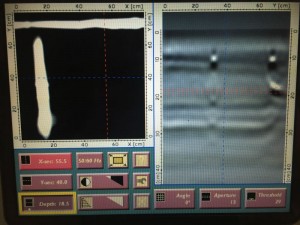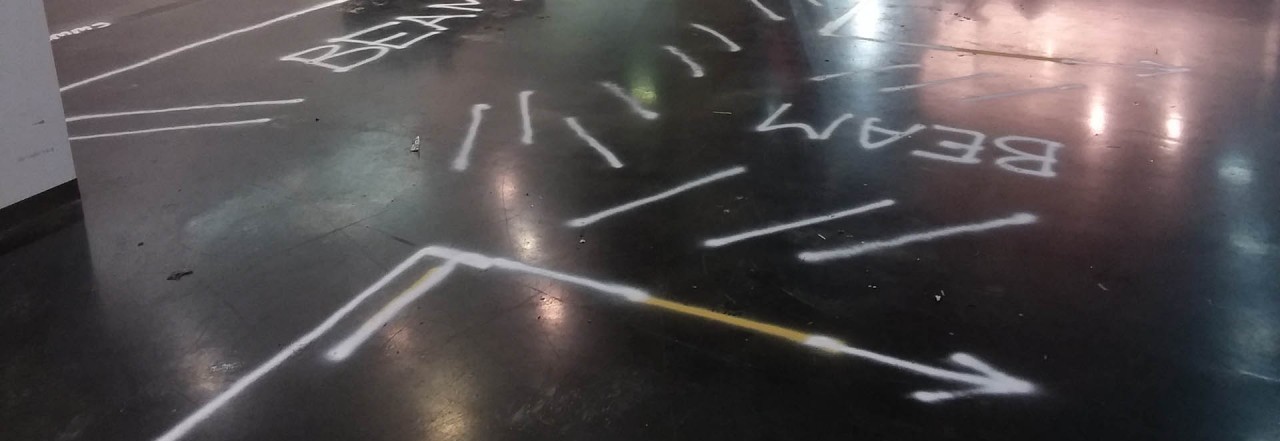What is Ground Penetrating Radar (GPR) & How Does It Work?
If you’re about to cut, core, drill into or demolish concrete, you first need a group of experienced experts in the field of affordable Ground Penetrating Radar (GPR) to make sure your cables, pipes and assets are safe from damage.
But what exactly is GPR and how does it work? Let’s explore:
When you’re about to disturb a concrete slab or structure, you first need to deploy a non-destructive method to know precisely what lies within. Why’s that?

GPR Concrete Scanner
Because often, what lies beneath are cables, pipes, steel, voids, conduits and more – and for a laundry list of reasons, you don’t want to just go hacking into them. Instead, you want to know all about what lies within without disturbing, damaging or modifying them in any way.
That’s where GPR comes in. In a nutshell, it’s without doubt the best and most state of the art tool out there for easily and quickly checking what lies within that concrete surface – so that you don’t damage anything, enter a period of costly downtime, or expose your people to the risk of injury and even death.
Yes, there are other, more conventional locating tools out there, but they can miss a whole host of non-metallic materials and non-current carrying cables.
The easiest way to explain how GPR works is to refer to the ‘R’ in the name, which of course stands for ‘radar’. As most of us know, radar involves shooting off a signal and then detecting how that signal bounces off any objects that it finds in the way.
In cutting-edge concrete GPR equipment, those sophisticated, high frequency electromagnetic energy pulses are directed into the concrete via an antennae called a transducer, and the highly sophisticated equipment then records how long and in what form the ‘echo’ of that signal comes back and displays it on a screen or read-out.
It all sounds pretty simple, but it’s actually highly sophisticated and fascinating – because the technology is able to get a very accurate picture of precisely what is going on within that dense concrete.
How GPR works – the fascinating details!
When one of those energy pulses hits something other than concrete, what GPR notices is the different electrical conduction property of the different material – basically the varying speed and intensity of the radar wave. The GPR equipment ‘sees’ when the wave passes through the different material as an anomaly, and it’s then processed and interpreted not only by the high-tech gear but also a skilled and experienced technician.
Without getting too technical, the GPR equipment will detect when the pulse passes through a material with a high dielectric, because it will slow down and not penetrate as deeply. And on the other end of the scale, the signal won’t pass through metal at all.
Fascinatingly, GPR can also feed back information not only about what is below the surface, but what precise condition it is in. So for concrete, it can also detect and locate cracks, faults, joints, voids and conduits, which can be invaluable information for a number of construction, surveying and engineering applications, keeping you and your assets safe.
Scan and Locate are absolute industry leaders in Ground Penetrating Radar services Melbourne clients have trusted for years, helping you to know what lies beneath before cutting, coring or drilling into something that might cost you an awful lot in the form of a hefty repair bill – or worse. Get in touch to find out more about how our GPR concrete scanning services work today.

